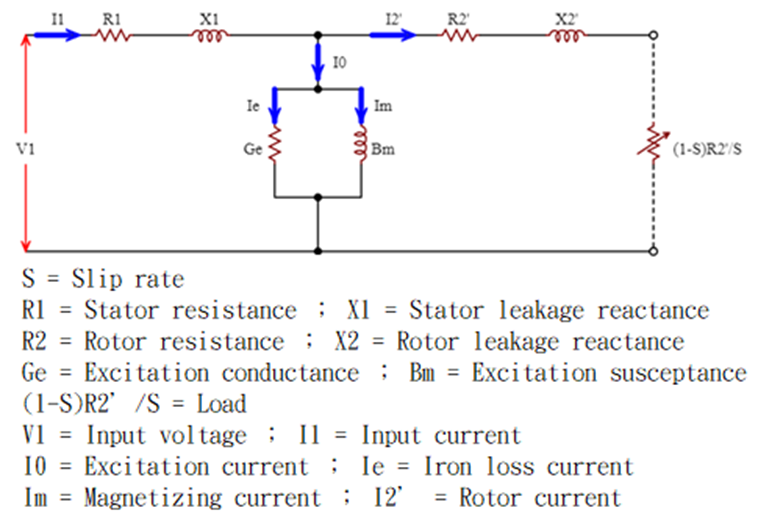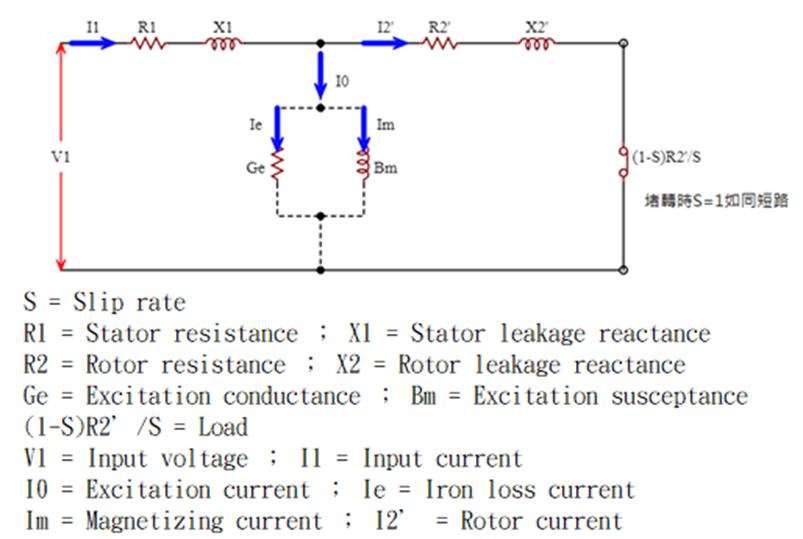In compliance with EU personal data protection laws, we are committed to protecting and providing you with control over your personal data.
By clicking "Accept All", you allow us to place cookies to enhance your experience on this site, help us analyze site performance and usage, and enable us to deliver relevant marketing content. You can manage your cookie settings below. By clicking "Confirm" you agree to the current settings.
Motor parameter test
The purpose of motor testing is to obtain various parameters of the equivalent circuit and understand the performance of the motor during the starting process and under various load conditions. In addition to providing users with a reference when making selections, designers or manufacturers can also evaluate the motor based on the test results. Parameters are modified to improve performance. Frequently performed tests on induction motors include no-load test and locked-rotor test.
No load test
The no-load test can calculate the iron loss and no-load current, and calculate the power factor and excitation equivalent circuit in the no-load state based on the test results, which is similar to the transformer open circuit test. During the test, the external power supply must be adjusted to the rated voltage, the motor shaft end is not connected to the load, and the line voltage, line current and input power are recorded. When there is no load, since the rotor speed is very close to the synchronous speed and the slip rate is close to 0, the rotor side of the equivalent circuit can be regarded as an open circuit, so the rotor current is 0, the input current is equal to the excitation current, and the excitation current can be divided into iron loss current and Magnetizing current, the power input power at this time is collectively called no-load loss, including iron loss, mechanical loss and a small amount of stator winding copper loss (negligible).

Blocked rotor test
Motor blocked rotor test is also called short circuit test, locked rotor test or stalled torque test. The locked-rotor test can calculate the copper loss, and calculate the power factor and equivalent resistance and reactance of each phase winding in the locked-rotor state based on the test results, which is similar to the transformer short-circuit test. During the test, because the rotor speed is 0 and the slip rate is 1 when the rotor is blocked, the equivalent circuit rotor measurement can be regarded as a short circuit. Since the impedance is very low, the current can reach as long as the external voltage is 10%~25% of the rated value. Rated value, the excitation circuit connected in parallel with the power supply can be ignored because the current is very small, so the iron loss is also ignored. When the rotor is blocked, there is no mechanical loss and the iron loss is very low and is ignored. The power input power can be regarded as the sum of the copper losses of the stator winding and the rotor winding.


